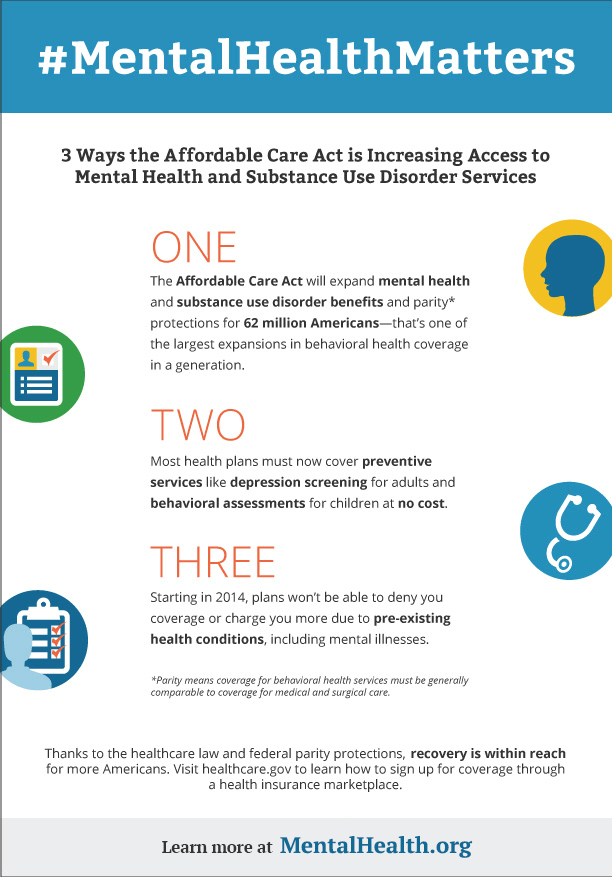Top Guidelines Of How Much Do Dentures Cost Without Insurance
There's an old joke about insurance: What do medical facility dress and insurance plan have in common? You're never covered as much as you believe you are. If you split a smile just now, it's just because that joke has more truth than humor. We have actually all questioned the worth of insurance coverage at some time, whether it's vehicle insurance coverage, life insurance coverage, or medical insurance. However among the biggest secrets of the insurance coverage market is long-term care insurance. When you begin buying long-lasting care insurance coverage, you'll understand quickly that it's https://www.greatplacetowork.com/certified-company/7022866 pricey and complex. Which can leave you questioning whether this type of coverage deserves it.
Long-term care insurance coverage can include value in specific circumstances, depending on the coverage, in addition to your net worth, your age, and your health history. Prior to you can totally assess how long-term health insurance would fit into your life, however, it's a good idea to master the essentials of how this coverage works. Long-term care insurance, likewise called long-lasting medical insurance, specifically pays https://fortune.com/best-small-workplaces-for-women/2020/wesley-financial-group/ for individual and custodial care expenses associated with a persistent condition. Personal and custodial care services are created to help you with activities of everyday living, also understood as ADLs, such as eating, bathing, and dressing. The most typical service providers of these services are home health assistants, adult day cares, and retirement home. How much life insurance do i need.
The majority of Americans over the age of 65 depend on Medicare for their medical insurance. Medicare, nevertheless, does not spend for custodial care services. Medicaid does, but just impoverished people certify. For those factors, the majority of people who need long-term care end up moneying those costs out of their own pockets - How much is health insurance. And this is no small expense. Have a look at 2020 mean expenses for different kinds of custodial care, predicted by insurance coverage business Genworth: Adult daycare: $1,674 monthly House health aide: $4,517 each month Helped living: $4,173 each month Semi-private space in a retirement home: $7,738 monthly Personal room in an assisted living home: $8,773 each month As you can see, even a brief stint in a nursing house without the aid of long-lasting medical insurance could quickly weaken your monetary circumstance.
As is often the case with insurance coverage, the more robust the coverage, the higher the premiums. Custodial care is costly, which makes long-lasting care insurance coverage pricey, too. According to the 2019 Milliman Long Term Care Insurance Coverage Survey, people who carry long-lasting health coverage pay, on average, $2,169 in premiums each year. That number does not suggest much up until you know what you get in return for those premiums. Your long-lasting care policy gives you access to a "pool of advantages," likewise referred to as the life time advantage. The swimming pool of benefits on a long-term care policy is the quantity the insurance company will pay on your behalf.
Daily or regular monthly advantage. This is the maximum the insurance provider will spend for covered services, revealed as a daily or monthly worth. State you have long-lasting care insurance coverage with a daily advantage of $150. If your private assisted living home room costs $300 each day, you can tap the insurance coverage for $150 and you 'd pay the rest. Benefit duration. The benefit period is the duration of time your insurance company will pay your everyday or month-to-month advantage. A policy with a three-year advantage pays out the everyday advantage for 1,095 days. Once you utilize those days, you no longer have protection. Also, you don't need to utilize your advantage duration consecutively.

Our What Is Travel Insurance Ideas
You 'd then have 1,065 days left, which you could utilize next week or twenty years from now as long as you keep paying your premiums. The swimming pool of advantages is determined as your daily advantage, increased by the variety of days in your benefit period (What is an insurance deductible). For example, let's take a policy with a day-to-day benefit of $150 and an advantage period of three years. Increase the $150 by 1,095 days, and that equates to an initial pool of advantages of $164,000. As you 'd expect, the everyday benefit worth and the advantage duration both affect the premiums. A higher day-to-day benefit or longer benefit period will cost you more.
These are inflation security and the waiting duration. Inflation defense. Inflation protection is a built-in annual boost to your pool of advantages. Returning to our $164,000 policy example, let's state this insurance has a 3% annual inflation change. After 25 years, that policy's overall benefit would be about $343,380. The inflation change effects your everyday advantage, however not the benefit duration. Waiting period. The waiting duration is the period you are responsible for your care costs prior to your insurance coverage starts. The waiting period starts when you first need custodial care. For example, say you maintain the services of a full-time house health assistant on September 1.

You won't have access to your daily advantage until October. Waiting periods can be absolutely no to 90 days or more. Policies might likewise specify different waiting durations for different types of care. A much shorter waiting duration usually suggests a greater premium. Outside of the coverage options you pick, your demographics likewise impact the cost of your premiums. Key factors consist of age, health, gender, and marital status. Age. Younger people pay less than older individuals. Health. Regretfully, if you remain in bad health today, you might not even be a prospect for coverage. And even if your health is great today, any family history of chronic health issue will push your premiums greater.
Gender. Females are most likely than males to need long-lasting care, so ladies pay greater premiums. Marital status. Couples pay less for protection than single individuals. Couples also have access to policies with a shared benefit pool, suggesting one spouse might utilize the other's benefits if required. You will not understand just how much a long-term care policy will cost you till you get a quote. However a take a look at average premiums can show you how demographics and different benefit periods impact the rates. The table below programs average policy costs for a single guy, single woman, and a couple with comparable coverage levels.
Long-lasting care insurance actions in if you establish a health condition that needs you to receive care and guidance. This could indicate home health care, nursing home care or personal or adult daycare. Lots of people erroneously think that Medicare or Medicaid would cover their care costs, but this is often not the case. Without long-term care insurance coverage in place, you may burn through your life savings or have no choice but to depend on a household member for care. Long-lasting care insurance coverage deserves it because it protects your assets, spares your family from monetary and emotional tension, and puts you in control of your health choices.
